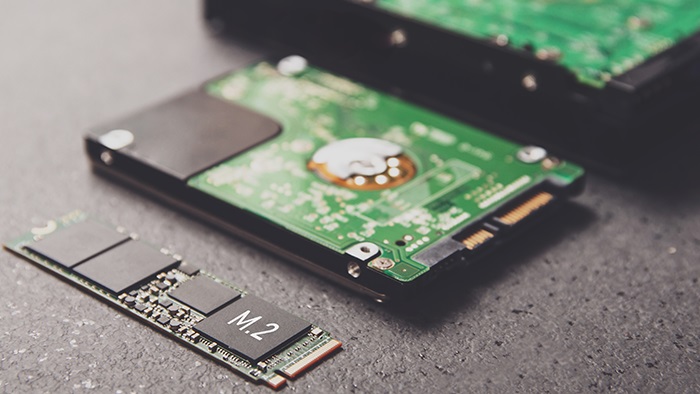With the continuous growth of the digital world, the need for faster and more reliable storage solutions has become essential. Solid State Drives (SSDs) have revolutionized the storage industry by providing faster read and write speeds, lower power consumption, and higher durability. However, SSD technology is constantly evolving, and it is crucial to understand the advancements, benefits, and challenges of the future of SSD technology.
The Advancements of SSD Technology
The Emergence of NVMe
Non-Volatile Memory Express (NVMe) is a new protocol for SSDs that reduces latency and increases the input/output operations per second (IOPS) by utilizing the PCIe bus. The NVMe interface allows SSDs to reach their full potential, resulting in significantly faster read and write speeds.
3D NAND Technology
3D NAND technology is a new approach to SSD memory cell architecture. Unlike traditional 2D NAND technology, 3D NAND stacks memory cells vertically, increasing storage capacity while reducing the manufacturing cost. This technology also improves endurance and reliability, making it ideal for enterprise storage solutions.
Optane Memory
Intel Optane Memory is a new type of memory technology that is faster and more durable than NAND flash memory. It provides faster boot times, faster application launches, and higher overall system responsiveness.
The Benefits of SSD Technology
Speed
The most significant advantage of SSDs is their speed. Compared to traditional hard disk drives (HDDs), SSDs can read and write data at lightning-fast speeds, making them ideal for tasks that require high-performance computing, such as gaming, video editing, and data analysis.
Durability
SSDs are more durable than HDDs because they have no moving parts. This makes them less susceptible to mechanical failure and damage due to shock or vibration. As a result, SSDs are more reliable and have a longer lifespan than HDDs.
Energy Efficiency
SSDs consume less power than HDDs, making them ideal for use in laptops and other portable devices. They also generate less heat, reducing the need for cooling systems and improving overall system performance.
The Challenges of SSD Technology
Cost
The cost per GB of SSD storage is higher than that of HDDs. This has limited the adoption of SSDs in some applications, particularly in the consumer market. However, the cost of SSDs has been decreasing over time, making them more accessible to consumers and businesses.
Capacity
Although the storage capacity of SSDs has been increasing, it still lags behind that of HDDs. This has limited the adoption of SSDs in some applications that require large amounts of storage, such as data centers and media storage.
Endurance
SSDs have a limited lifespan due to the finite number of write cycles that each memory cell can endure. This can be mitigated through wear-leveling algorithms and overprovisioning, but it remains a challenge for high-write applications.
Conclusion
SSDs have revolutionized the storage industry by providing faster read and write speeds, lower power consumption, and higher durability. The future of SSD technology is promising, with advancements such as NVMe, 3D NAND technology, and Optane Memory. However, challenges such as cost, capacity, and endurance still need to be addressed. As SSD technology continues to evolve, it is essential to understand its benefits, advancements, and challenges.
